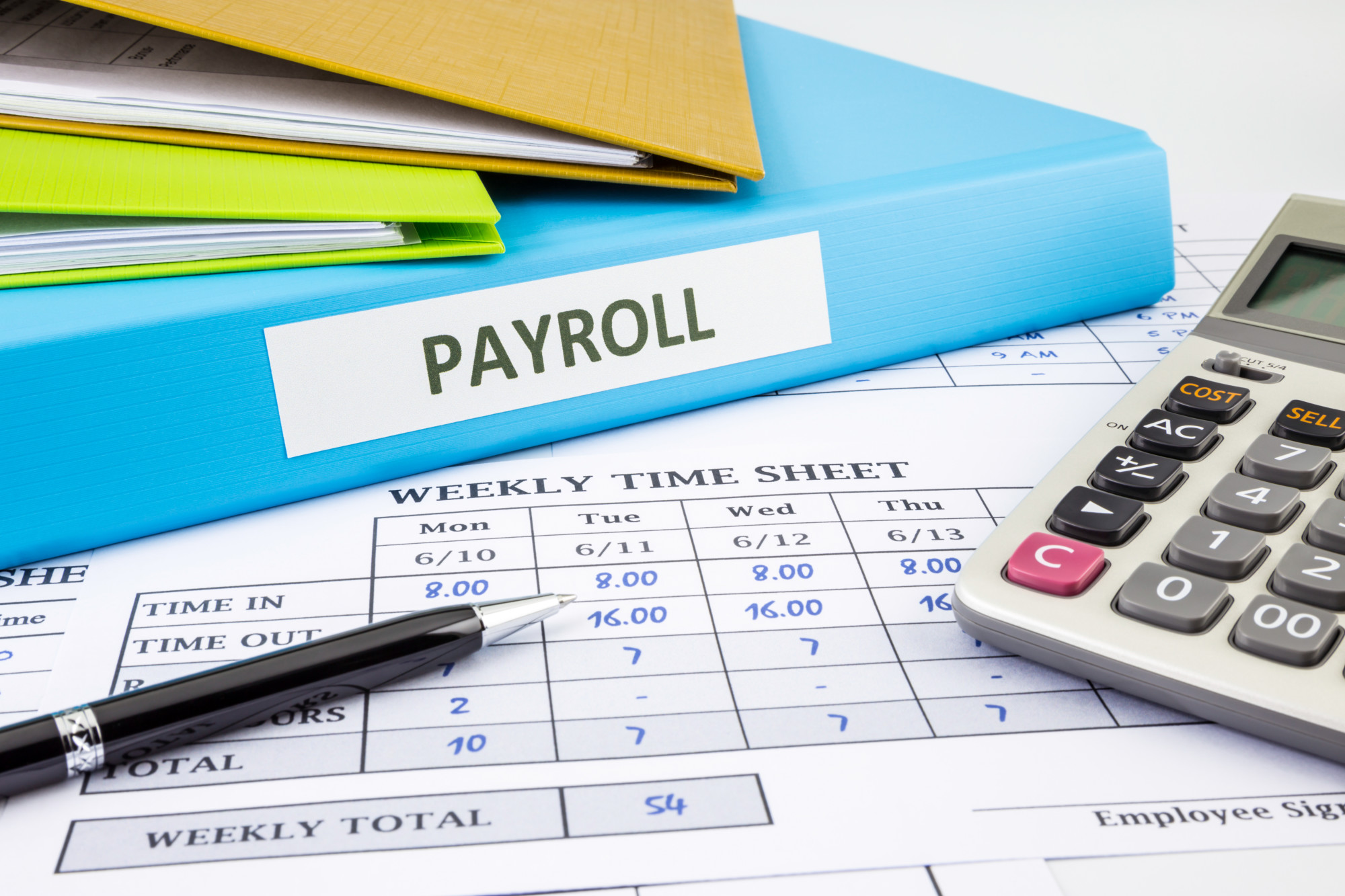Did you know that 40% of small to mid-sized businesses incur IRS penalties? The average penalty amount sits at $845.
These penalties are incurred thanks to incorrect payroll filings.
Which is why – if you are thinking of doing your own payroll – it’s super important that you make sure you know what you are doing before you start. Otherwise, you may have IRS fines wrecking your budget!
The good news is that we’ve got you covered. In this guide, we are going to show you the top 5 things you need to know about how to do payroll, and offer an easy alternative if payroll isn’t for you.
Read on to get payroll savvy!
1. Setting up Your Business for Payroll
The first step in how to do payroll yourself is to get your business geared for the process. Here are the actions you will need to take:
- Apply for a Federal Employer Identification Number (EIN)
- Get clear on salary and wage types
- Set-up payment periods: weekly, biweekly, semimonthly, or monthly
- Determine employee benefits
- Register for Worker’s Compensation Insurance (where applicable)
2. Gathering Employee Documentation
Next, you will need to gather the following documentation from your employees:
- I-9 forms
- W-4 forms
- Direct deposit authorization forms (if you will be making direct deposits)
3. Learning How to Calculate Paychecks
Calculating paychecks is the trickiest part of DIY payroll. To make sure that you know how to pay employees the right amounts, you will need to accurately calculate the following for each employee:
- Gross pay: the gross salary or wage for an employee.
- Social security tax: 6.2% of gross pay.
- Medicare tax: 1.45% of gross pay.
- Federal withholding tax: income tax for an employee that you need to withhold.
- Medical aid contributions or other deductions
You will need to factor in the following when calculating the federal withholding tax for an employee:
- The employee’s gross pay
- Their tax bracket
- The number of allowances they have claimed on their Form W-4
- Their marital status
Once you have this info, you can locate the federal withholding tax for an employee using the IRS tables.
After that is done you can calculate the payment due to an employee using this formula:
Gross pay – (Employee percentage of social security + Medicare tax + Federal withholding tax for employee+ Any other deductions)
= Net Pay
4. Bookkeeping for Payroll
If you are doing your own payroll, you will also need to create a set of accounts for it in your books.
Here are the main accounts which you will need to create:
- Gross Wages
- Federal Withholding
- Employee Health Insurance Payable
- FICA Payable
- Accrued Vacation Pay
- 401(k) Matching
- SUTA Payable
- Health Insurance
- Workers’ Compensation
- 401(k) Employee Contribution
- State Disability
5. Filing and Paying Taxes
To file taxes on behalf of your employees you will need to complete and submit the following forms:
- IRS Form 941: due 30 days after the end of a quarter
- IRS Form W-2: due to be filed and posted to employees by January 31 (covers the previous year)
- IRS Form W-3: due to be filed by January 31 (covers the previous year)
- IRS Form 940: due every year on January 31 (covers the previous year)
You will also need to make all payments in time so as to avoid penalties.
Now You Know How to Do Payroll… but Should You?
Now you know the basics of how to set up payroll. But the question is, do you want to?
Statistics have shown that payroll costs 40% of small business owners 80+ hours a year. This is one reason why more and more business owners are turning to outsource their payroll.
Another reason is that on average, outsourcing payroll costs 27% less than doing it in-house.
This means that outsourcing can save you time and money. Plus, there is no need for you to learn the minutia of how to do payroll!
If you are breathing a sigh of relief at the thought of not having to tackle the payroll problem, check out our payroll services.



[…] HR/Finance […]